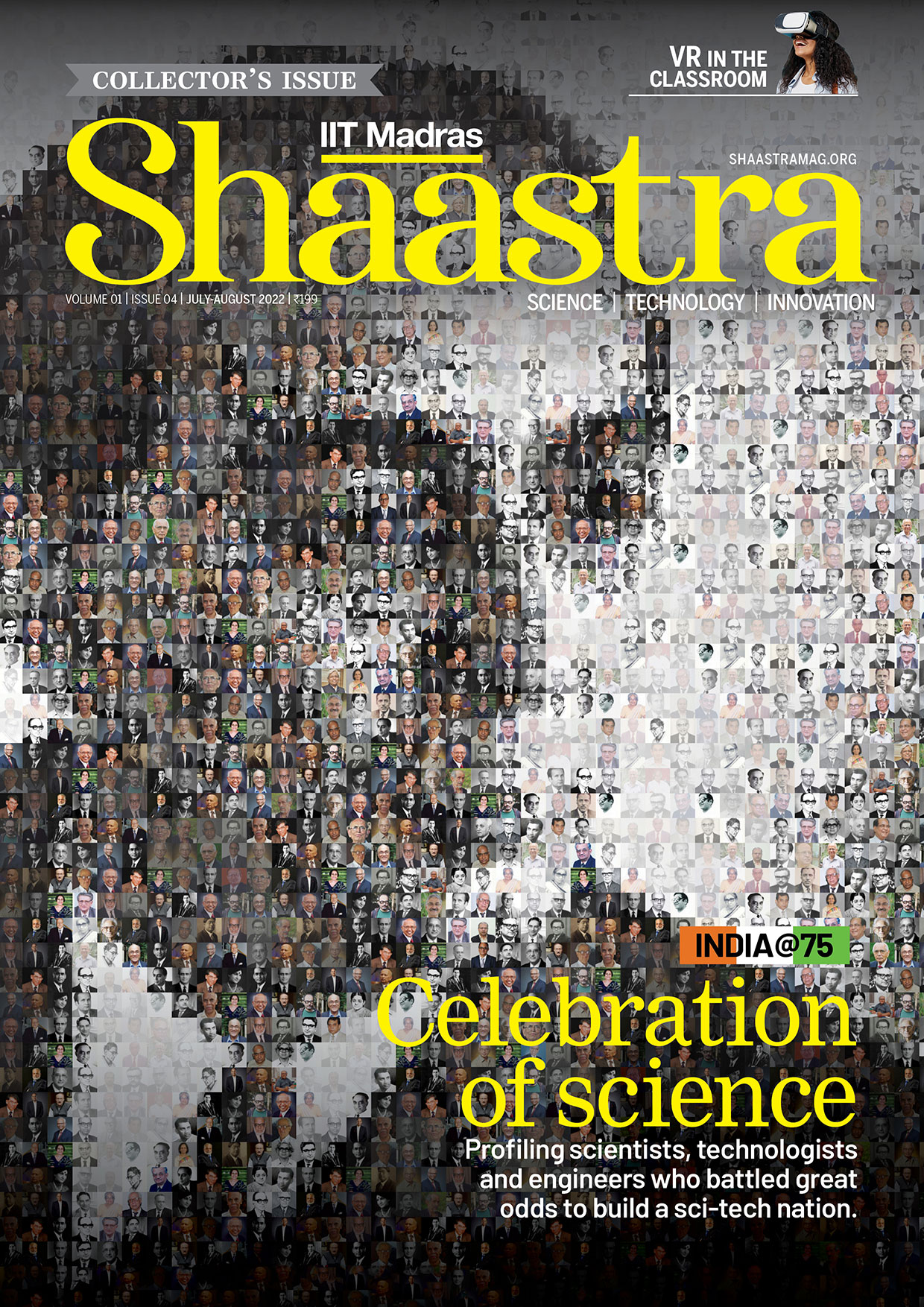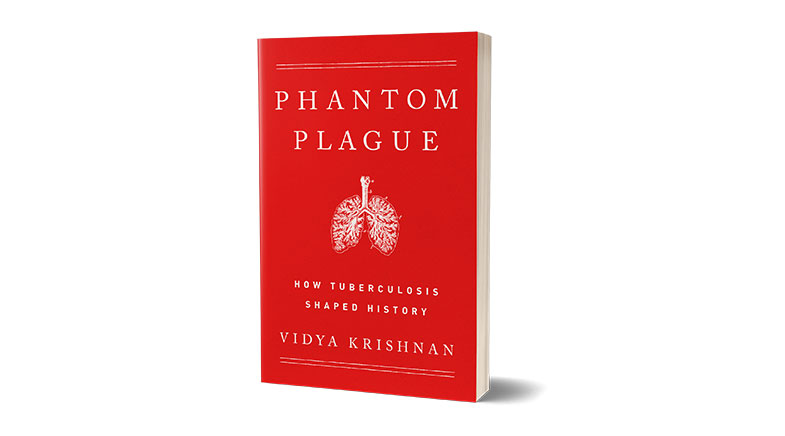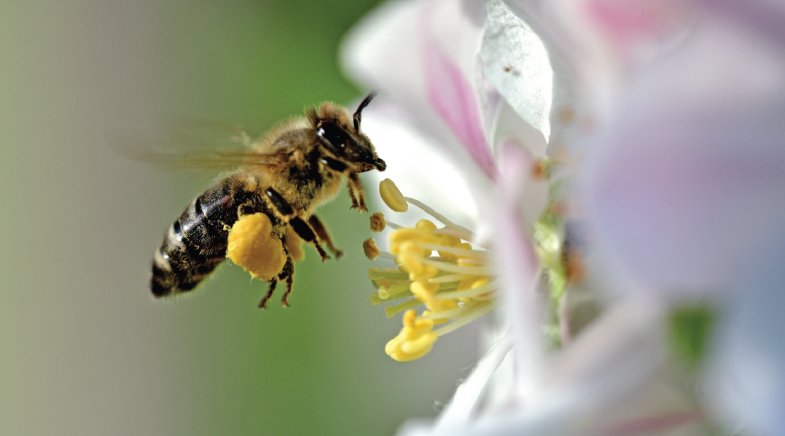Precision agriculture will feed the world, sustainably
-
- from Shaastra :: vol 03 issue 01 :: Jan - Feb 2024

Stop and smell the aromatic rice, made possible by cutting-edge technology.
THE STORY SO FAR
The beginnings: Modern agriculture began in the 1920s, when American scientists developed hybrid maize. Researchers in public research institutions worked with local farmers and helped commercialise this new crop, which quickly spread across the world, significantly impacting production. In 1944, hybrid maize plantings occupied approximately 83% of the maize acreage in America’s ‘Corn Belt’. The increase in yield resulting from the use of hybrid maize was estimated at 14.58 million metric tons in 1943.
By the 1970s, high-yielding varieties of rice and wheat had increased farm output across countries, including India. These plants could create biomass in the seeds rather than in the stalk. Being short and stocky, these did not wilt under their own weight when the panicle was laden with seeds. Over a few decades, high-yielding varieties of rice and wheat made famines history in India and many other countries.
Markers, genetic engineering: The next big revolution was in the 1970s and 1980s, when biologists used markers of specific traits to guide breeding. Markers, which provided information about the locations of genes in chromosomes without quite specifying the DNA sequence, helped breeders to select crops for traits that didn’t always show up in the plant’s physical features. In 1973, Herbert Boyer and Stanley Cohen developed a technique to transfer a gene from one organism to another. In 1994, the United States approved a tomato plant with increased shelf life as the first genetically engineered or transgenic food crop. The transfer of the genes to a plant was not precise, but it was good enough to be widely adopted in many developed countries. By the turn of the millennium, genetic engineering was an established technology in fields around the world. According to the Global GM Crop Area Review by AgbioInvestor, which provides information on the cultivation of GM crops, the global area under such crops in 2022 was around 202.2 million hectares, with 27 countries growing 11 different crops.
PAST ISSUES - Free to Read


Have a
story idea?
Tell us.
Do you have a recent research paper or an idea for a science/technology-themed article that you'd like to tell us about?
GET IN TOUCH














